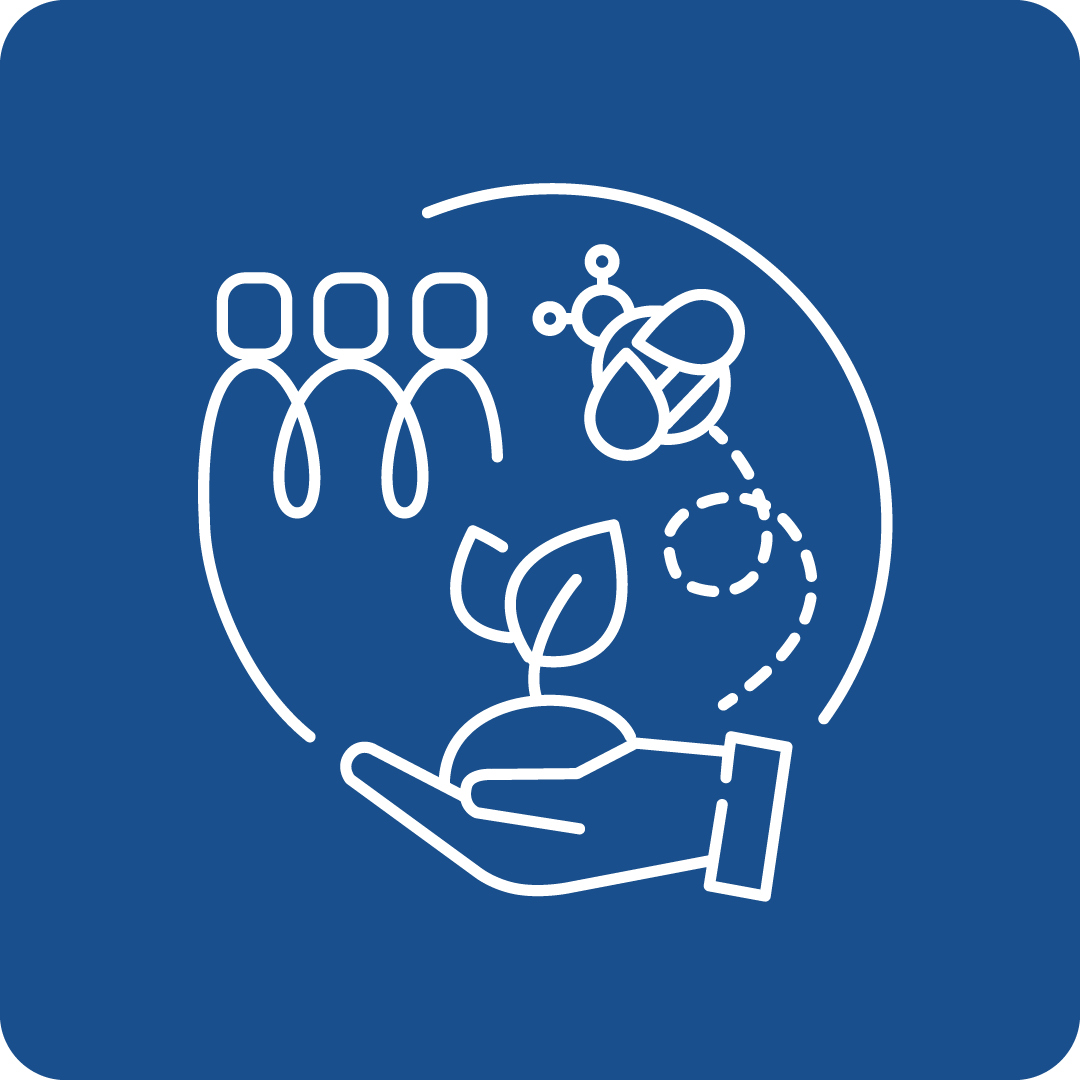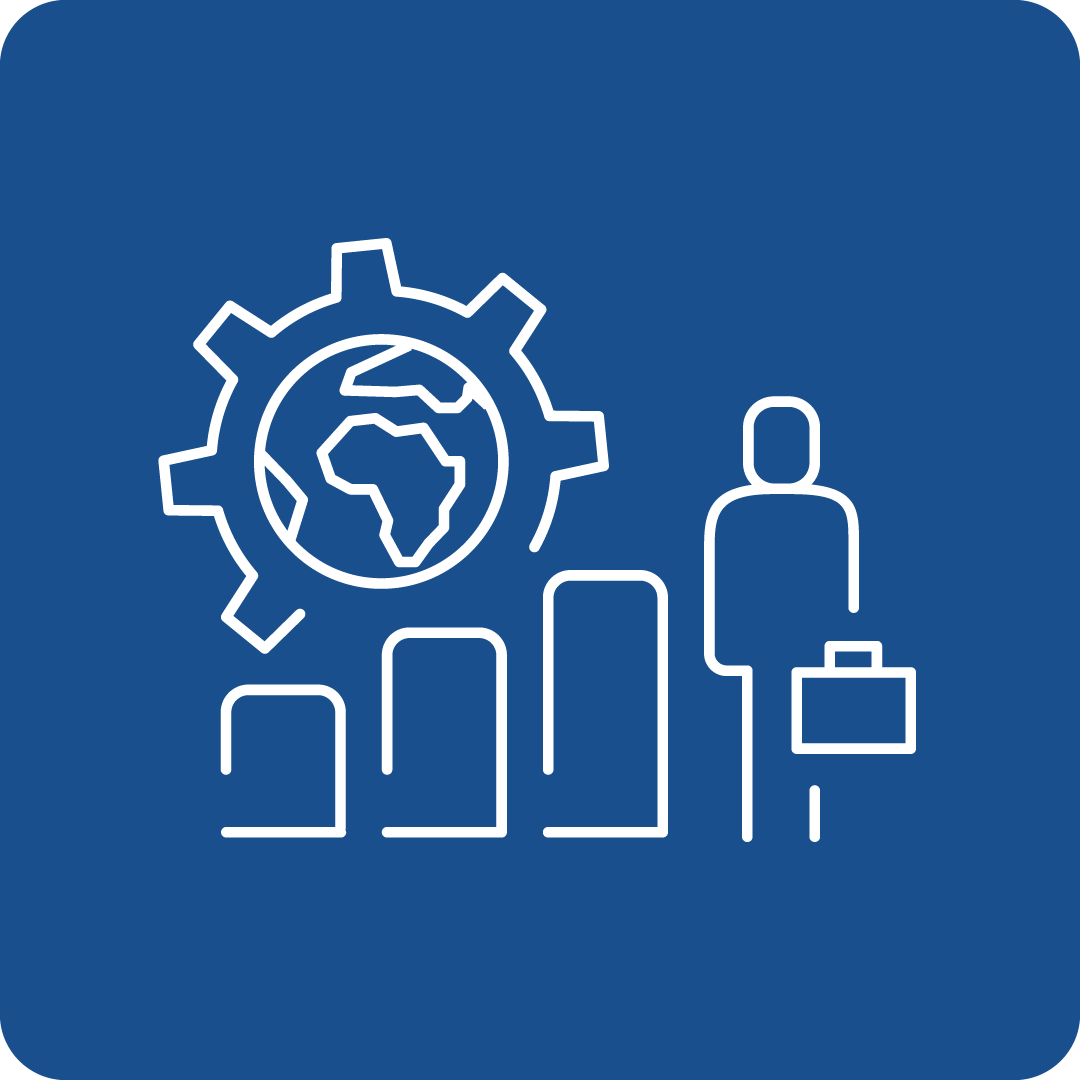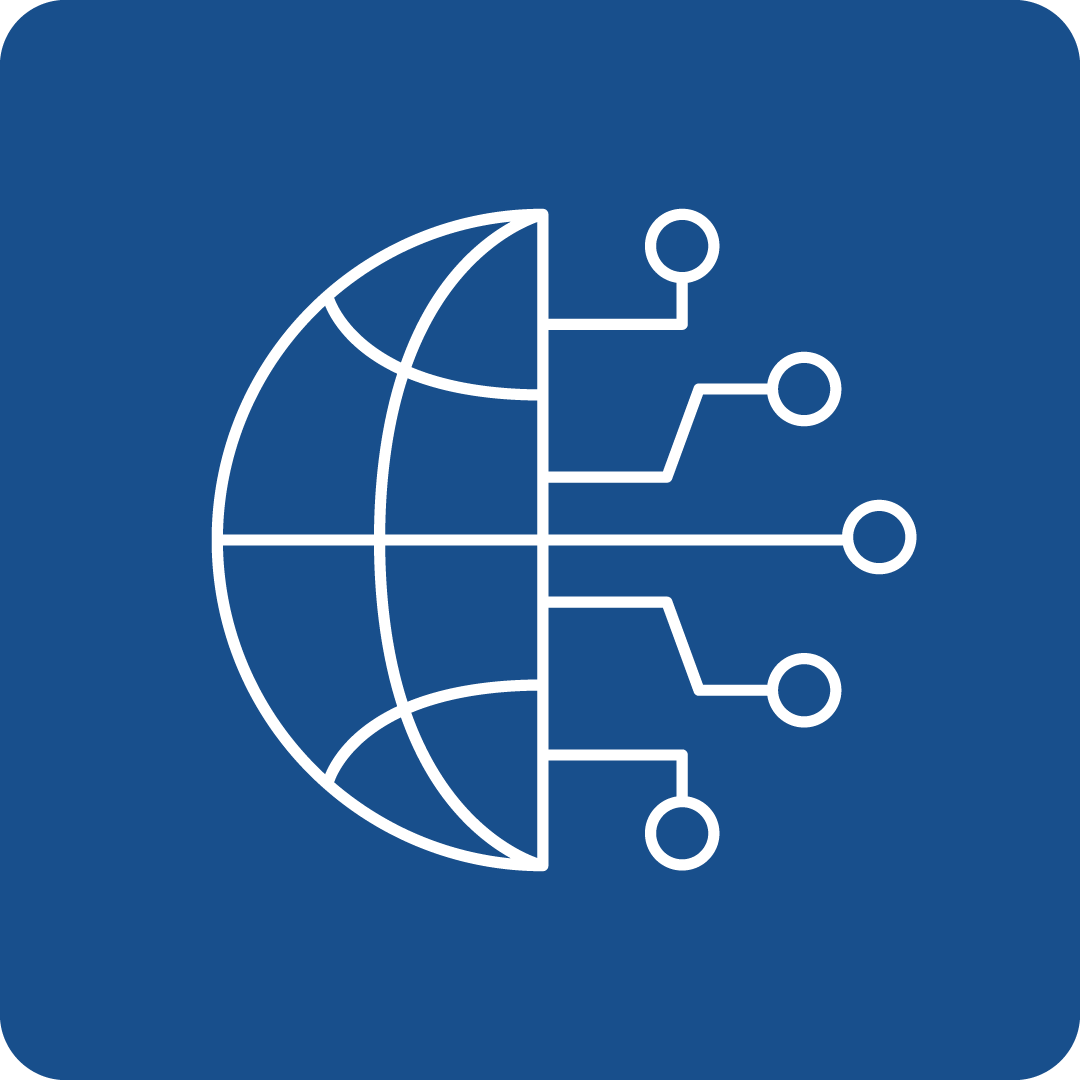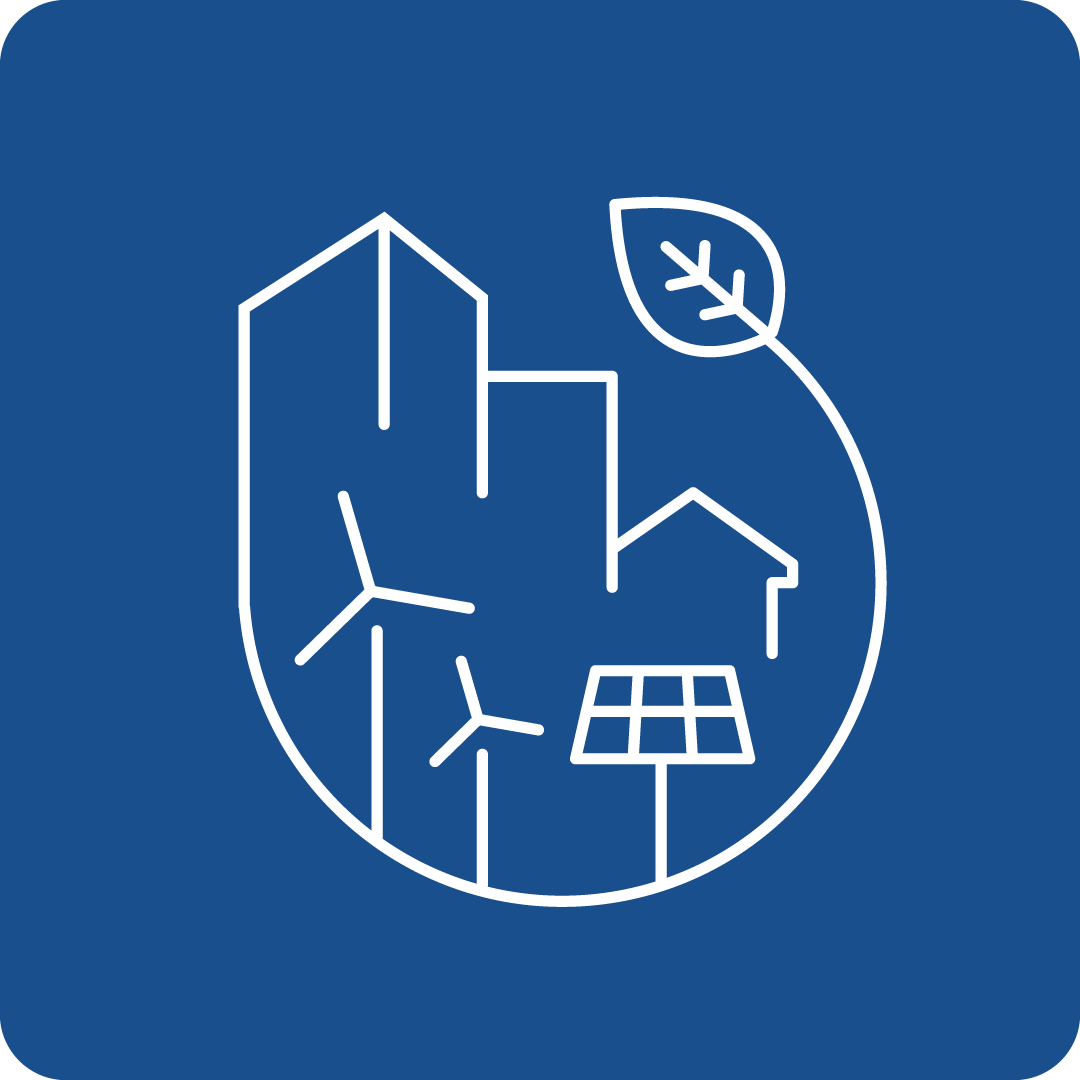Filter Search for grants
Call Navigation
Deadline expired
The deadline for this call has expired.
Call key data
Circular economy solutions for the valorisation of low-quality scrap streams, materials recirculation with high recycling rate, and residue valorisation for long term goal towards zero waste (Clean Steel Partnership)
Funding Program
Horizon Europe: Cluster 4 - Digital, Industry and Space
Call number
HORIZON-CL4-2023-TWIN-TRANSITION-01-45
deadlines
Opening
08.12.2022
Deadline
20.04.2023 17:00
Funding rate
100%
Call budget
€ 12,000,000.00
Estimated EU contribution per project
between € 3,000,000.00 and € 6,000,000.00
Link to the call
Link to the submission
Call content
Call objectives
In the medium-term scenario, new technologies will enter in the iron and steelmaking production process, e.g., higher amount of scrap in basic oxygen furnaces (BOF), more electric arc furnace (EAF) based steelmaking, as well as more directly reduced production capacity are foreseen. Therefore, it is necessary to consider the influence of the feedstock quality, of the new production technologies and of the composition of the by-products generated on the present model of circular economy for both, economic, and environmental aspects.
Recycling of steel scrap (no matter if it is home-scrap, industrial scrap, or post-consumer scrap), the increased consumption of scrap, the recovery of iron from residues and the use of low-quality iron ore materials are vital to diminish the need for additional primary resource extraction and hence to decrease the environmental impact of steel manufacturing. This is also contributing to a wise and sustainable management approach of iron resources. Applying circular economic principles to product design (thus, designing for remanufacture and recycling) will allow ferrous and non-ferrous metals, such as copper, to be more easily separated and recycled.
Proposals should consider higher utilisation of low-quality iron-bearing materials, in particular, but not limited to, low-quality scrap with higher amounts of unwanted elements (residual and alloying elements, such as Cu, Sn, Sb, As and Bi, but also Cr, Mo, B) that prevent the production of many steel grades and a higher utilisation of internal residues; all focused on the recycling of its metal contents. Where appropriate for the study proposed, analytical research infrastructures, such as synchrotron facilities, should be considered as capable of providing large amount of statistically relevant data. The aim is to obtain a sustainable vision of reduced virgin raw materials use.
Moreover, the existing recycling and reuse solutions for today’s steel industry will be affected and new solutions need to be developed to maintain a sustainable development of the steel industry in the future. Projects should aim at the selection and integration of best available and applicable technologies supported by digital smart tools. These are key elements to improve and adapt circular economy solutions for the long-term goal towards zero waste increasing the use of scrap, the materials recycling rate and the residue valorisation by targeting to achieve the same quality of the finished product and at the same time reducing CO2 emissions due to lower energy need with respect to iron-ore.
Multidisciplinary research activities should address one or more of the following:
- New technologies for reduce / reuse / recycle of residues and by-products in the next generation iron ore and steelmaking process:
- Increasing reuse and recycling of steelmaking and foundry slags;
- Recycling and valorisation of dusts, and sludges;
- Recovering iron and metal-fractions from in-plant residues;
- Conditioning processes for the use of residues and low-quality iron ore grades, like agglomeration or pelletisation;
- Implementing Circular Economy and Industrial Symbiosis for long-term goal towards zero- waste.
- Sustainable and efficient scrap management and recycling aiming high-grade steel production with increased scrap rates including:
- Improved mechanical scrap preparation coupled with scrap analyses at various levels;
- Continuous analysis and monitoring of the scrap bulk composition using sensor systems with accompanied model-supported Big Data analytics and Artificial Intelligence (AI) techniques for scrap classification;
- Scrap yard management and charge preparation for quality upgrading;
- Optimised and more flexible primary and secondary steelmaking processes considering enhanced scrap rates.
This topic implements the co-programmed European Partnership on Clean Steel.
read more
Expected results
- Implementation of highly efficient technologies for recovering metal (iron and non-ferrous metals) and mineral fractions from in-plant steelmaking residues. The recovery technology should condition the composition and properties of the residue such as, but not limited to, slag, sludge, scale, filter dust, sinter waste produced by blast furnace / basic oxygen furnace (BF / BOF) and electric arc furnace (EAF) routes, but also by next-generation iron and steelmaking such as, but not limited to, the direct reduction / electric arc furnace (DR / EAF) pathway including the melting and reduction of low-grade iron ore. Two possible ways are envisioned: the first one is based on cooling and mechanical steps, such as, but not limited to, wet or dry granulation followed by phase separation; the second one relies on dedicated processes to enable a direct recycling of residues in existing production processes or in standalone pyro-metallurgic melting and reduction or hydrometallurgical / biohydrometallurgical units. Such knowledge and results should support the valorisation of residues in the present value chain and/or in innovative applications. If appropriate, residues could be chemically and structurally characterised at micro-scale level via characterisation (also multi-modal) performed at analytical research infrastructures, which would allow obtaining relevant statistical information;
- Describe and/or modify the composition and properties of residues such as, but not limited to, slags and/or sludge produced by next-generation steelmaking such as, but not limited to the DR / EAF pathway. Such knowledge and results should support the valorisation of the residues in the present value chain and/or in innovative applications. If appropriate, residues could be chemically and structurally characterised at micro-scale level via characterisation (also multi-modal) performed at analytical research infrastructures, which would allow obtaining relevant statistical information;
- Enhanced utilisation of low-quality scrap by new technologies and by new iron/steel making routes (such as smart BF-BOF routes to be line with decarbonisation targets), targeting high quality of the finished product and reduced CO2 emissions. The aim is to remove scrap impurities (tramp elements) such as, but not limited to, copper before melting, for example through scrap yard management and charge preparation for quality upgrading, or after the melting in liquid phase, through, but not limited to, metallurgical methods;
- Technologies to broaden the types of ore grades utilized in different processes. The aim is to establish processes that allow for upgrade of low-grade iron ores and other iron-bearing materials to make them suitable for, but not limited to, cold bonded agglomeration, pelletisation, or direct use in existing steelworks.
read more
Eligibility Criteria
Regions / countries for funding
Moldova (Moldova), Albania (Shqipëria), Armenia (Հայաստան), Bosnia and Herzegovina (Bosna i Hercegovina / Босна и Херцеговина), Faeroes (Føroyar / Færøerne), Georgia (საქართველო), Iceland (Ísland), Israel (ישראל / إِسْرَائِيل), Kosovo (Kosova/Kosovë / Косово), Montenegro (Црна Гора), Morocco (المغرب), North Macedonia (Северна Македонија), Norway (Norge), Serbia (Srbija/Сpбија), Tunisia (تونس /Tūnis), Türkiye, Ukraine (Україна), United Kingdom
eligible entities
EU Body, Education and training institution, International organization, Non-Profit Organisation (NPO) / Non-Governmental Organisation (NGO), Other, Private institution, incl. private company (private for profit), Public Body (national, regional and local; incl. EGTCs), Research Institution incl. University, Small and medium-sized enterprise (SME)
Mandatory partnership
Yes
Project Partnership
To be eligible for funding, applicants must be established in one of the following countries:
- the Member States of the European Union, including their outermost regions
- the Overseas Countries and Territories (OCTs) linked to the Member States
- third countries associated to Horizon Europe - see list of particpating countries
Only legal entities forming a consortium are eligible to participate in actions provided that the consortium includes, as beneficiaries, three legal entities independent from each other and each established in a different country as follows:
- at least one independent legal entity established in a Member State; and
- at least two other independent legal entities, each established in different Member States or Associated Countries.
Any legal entity, regardless of its place of establishment, including legal entities from non-associated third countries or international organisations (including international European research organisations) is eligible to participate (whether it is eligible for funding or not), provided that the conditions laid down in the Horizon Europe Regulation have been met, along with any other conditions laid down in the specific call topic.
A ‘legal entity’ means any natural or legal person created and recognised as such under national law, EU law or international law, which has legal personality and which may, acting in its own name, exercise rights and be subject to obligations, or an entity without legal personality.
Specific cases:
- Affiliated entities — Affiliated entities (i.e. entities with a legal or capital link to a beneficiary which participate in the action with similar rights and obligations to the beneficiaries, but which do not sign the grant agreement and therefore do not become beneficiaries themselves) are allowed, if they are eligible for participation and funding.
- Associated partners — Associated partners (i.e. entities which participate in the action without signing the grant agreement, and without the right to charge costs or claim contributions) are allowed, subject to any conditions regarding associated partners set out in the specific call conditions.
- Entities without legal personality — Entities which do not have legal personality under their national law may exceptionally participate, provided that their representatives have the capacity to undertake legal obligations on their behalf, and offer guarantees to protect the EU’s financial interests equivalent to those offered by legal persons.
- EU bodies — Legal entities created under EU law including decentralised agencies may be part of the consortium, unless provided for otherwise in their basic act.
- Joint Research Centre (‘JRC’)— Where provided for in the specific call conditions, applicants may include in their proposals the possible contribution of the JRC but the JRC will not participate in the preparation and submission of the proposal. Applicants will indicate the contribution that the JRC could bring to the project based on the scope of the topic text. After the evaluation process, the JRC and the consortium selected for funding may come to an agreement on the specific terms of the participation of the JRC. If an agreement is found, the JRC may accede to the grant agreement as beneficiary requesting zero funding or participate as an associated partner, and would accede to the consortium as a member.
- Associations and interest groupings — Entities composed of members (e.g. European research infrastructure consortia (ERICs)) may participate as ‘sole beneficiaries’ or ‘beneficiaries without legal personality’. However, if the action is in practice implemented by the individual members, those members should also participate (either as beneficiaries or as affiliated entities, otherwise their costs will NOT be eligible.
other eligibility criteria
Activities are expected to start at TRL 4 and achieve TRL 5-6 by the end of the project.
For the Technology Readiness Level (TRL), the following definitions apply:
- TRL 1 — Basic principles observed
- TRL 2 — Technology concept formulated
- TRL 3 — Experimental proof of concept
- TRL 4 — Technology validated in a lab
- TRL 5 — Technology validated in a relevant environment (industrially relevant environment in the case of key enabling technologies)
- TRL 6 — Technology demonstrated in a relevant environment (industrially relevant environment in the case of key enabling technologies)
- TRL 7 — System prototype demonstration in an operational environment
- TRL 8 — System complete and qualified
- TRL 9 — Actual system proven in an operational environment (competitive manufacturing in the case of key enabling technologies, or in space)
Additional information
Topics
Relevance for EU Macro-Region
EUSAIR - EU Strategy for the Adriatic and Ionian Region, EUSALP - EU Strategy for the Alpine Space, EUSBSR - EU Strategy for the Baltic Sea Region, EUSDR - EU Strategy for the Danube Region
UN Sustainable Development Goals (UN-SDGs)
Additional Information
All proposals must be submitted electronically via the Funders & Tenders Portal electronic submission system (accessible via the topic page in the Search Funding & Tenders section). Paper submissions are NOT possible.
Proposals must be complete and contain all parts and mandatory annexes and supporting documents, e.g. plan for the exploitation and dissemination of the results including communication activities, etc.
The application form will have two parts:
- Part A (to be filled in directly online) contains administrative information about the applicant organisations (future coordinator and beneficiaries and affiliated entities), the summarised budget for the proposal and call-specific questions;
- Part B (to be downloaded from the Portal submission system, completed and then assembled and re-uploaded as a PDF in the system) contains the technical description of the project.
Annexes and supporting documents will be directly available in the submission system and must be uploaded as PDF files (or other formats allowed by the system).
The limit for a full application (Part B) is 45 pages.
Contact
To see more information about this call, you can register for free here
or log in with an existing account.
Log in
Register now



